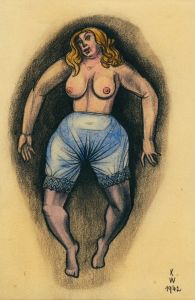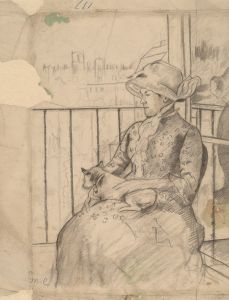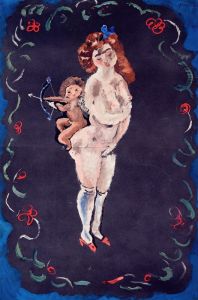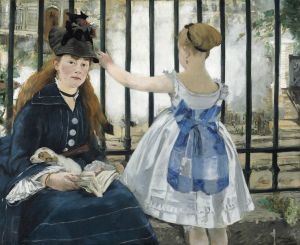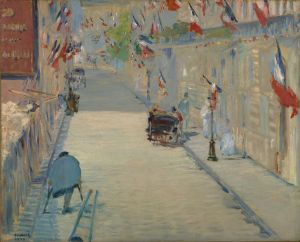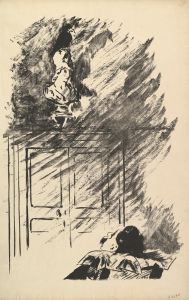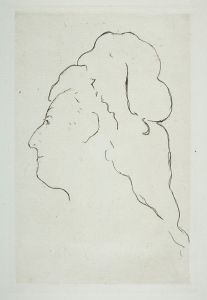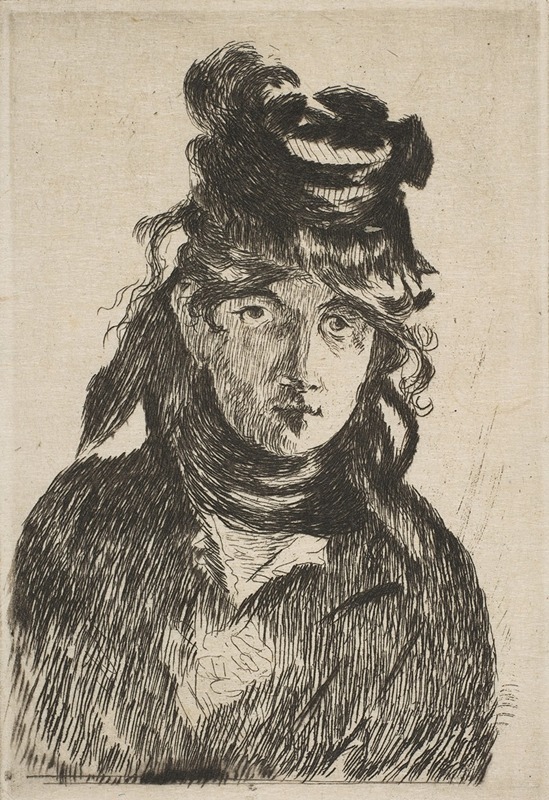
Berthe Morisot
A hand-painted replica of Édouard Manet’s masterpiece Berthe Morisot, meticulously crafted by professional artists to capture the true essence of the original. Each piece is created with museum-quality canvas and rare mineral pigments, carefully painted by experienced artists with delicate brushstrokes and rich, layered colors to perfectly recreate the texture of the original artwork. Unlike machine-printed reproductions, this hand-painted version brings the painting to life, infused with the artist’s emotions and skill in every stroke. Whether for personal collection or home decoration, it instantly elevates the artistic atmosphere of any space.
Édouard Manet's painting Berthe Morisot is a portrait of the French Impressionist painter Berthe Morisot, created in 1872. This work is one of several portraits Manet painted of Morisot, who was not only a close friend but also a significant figure in the Impressionist movement. The painting is an oil on canvas and is notable for its intimate and expressive depiction of Morisot, showcasing Manet's mastery of portraiture and his ability to capture the personality and presence of his subject.
In this portrait, Morisot is shown seated, dressed in black, with a veil partially covering her face. The dark clothing and veil create a striking contrast with her pale complexion and the soft, luminous background. The painting is often praised for its subtle use of color and light, as well as the loose, fluid brushstrokes characteristic of Manet's style during this period. These elements contribute to the overall sense of immediacy and naturalism in the work.
Berthe Morisot was an accomplished artist in her own right and one of the founding members of the Impressionist movement. She and Manet shared a mutual respect for each other's work, and their artistic relationship influenced both of their careers. While Manet never formally joined the Impressionist exhibitions, his interactions with Morisot and other Impressionist painters played a role in shaping his approach to art.
The painting is currently housed in the Musée d'Orsay in Paris, France, where it is part of the museum's extensive collection of 19th-century art. It remains a significant example of Manet's portraiture and a testament to the close personal and professional relationship between Manet and Morisot.
This portrait is often studied not only for its artistic qualities but also for its historical context, as it reflects the interconnectedness of the artists within the Impressionist circle and the evolving role of women in the art world during the late 19th century.







